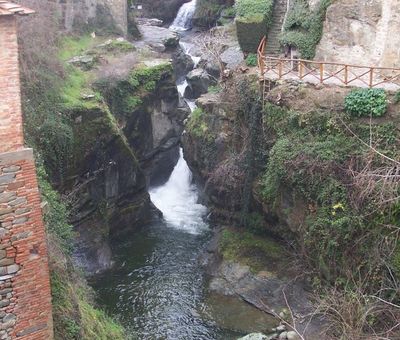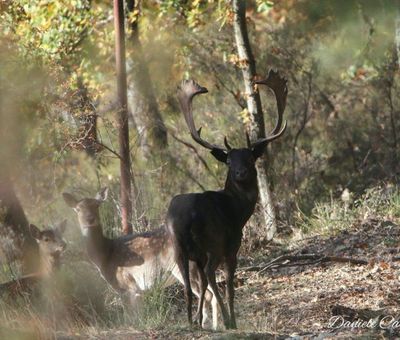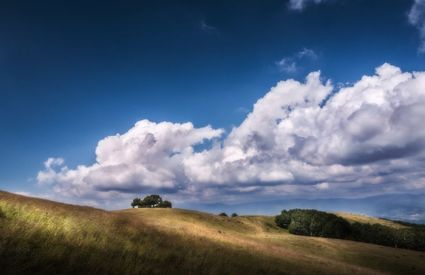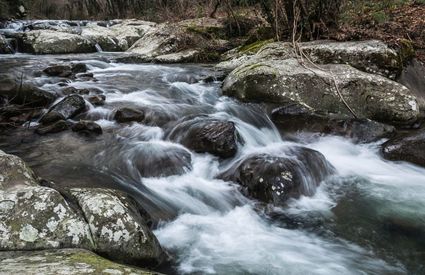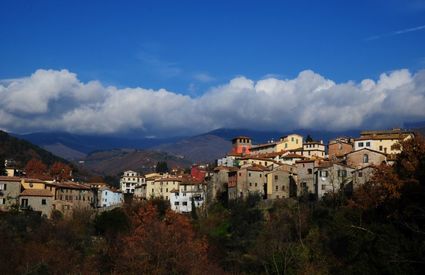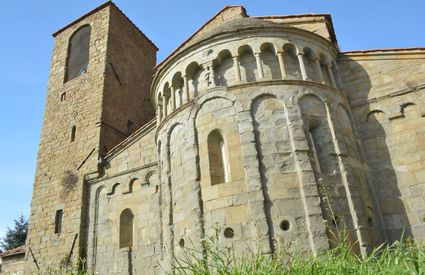The name of a river
Near the Etruscan village of Krupina, sometimes, even back then, the wind had a mind of its own and blew hard. The valley filled with light, but the young blacksmith Larth was attracted, in those evenings, if anything, to the silence of the woods. He would walk willingly, just listening, and jumping on the rocks that dotted the river. To that river, his people, had given the sacred animal name of Artumes.
A special doe
In the most sheltered spot, in the shadows, the young man was finally able to see the doe that almost everyone said they had encountered, the one with the gentle eyes and bitter smile. But it was the first time it let anyone approach it. Slowly, without altering his pace, he moved towards the animal. The eyes of the doe were attentive but never direct. As if they were watching something just over his shoulder.


